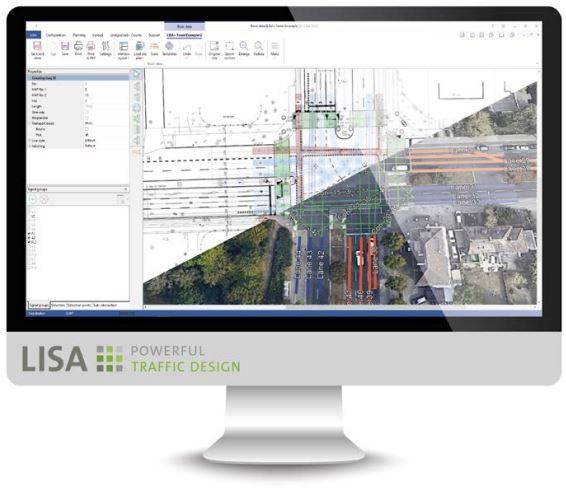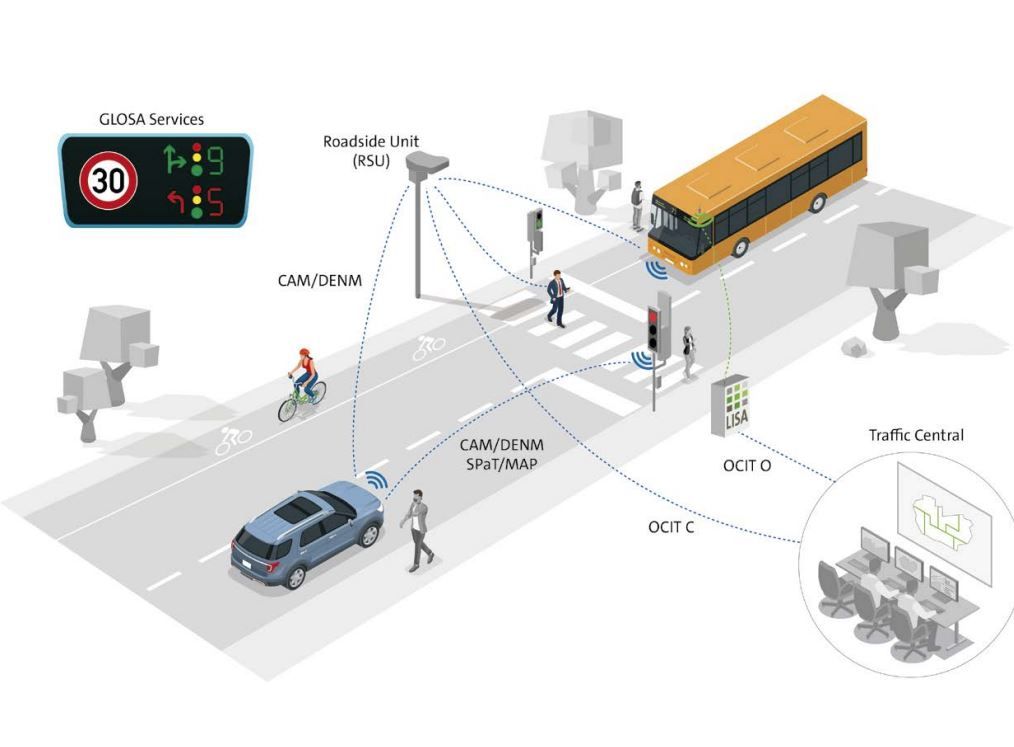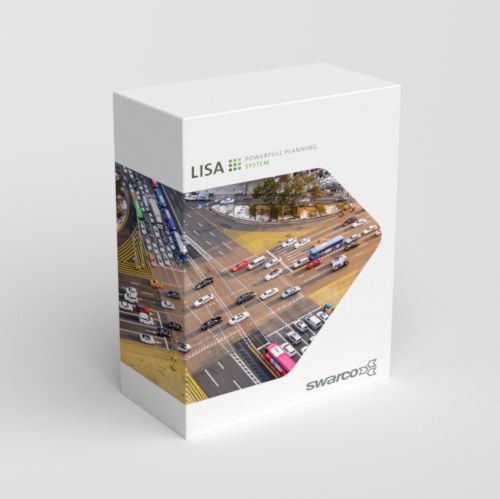LISA: The future-ready assistant for traffic engineers
Today's traffic engineers navigate a rapidly changing landscape. Challenges like climate change, resource scarcity, and urbanisation are reshaping mobility and traffic management paradigms. Modern urban living demands next to sustainability and reduced environmental impact also a redistribution of available space, necessitating a shift in focus, away from mere car-centric traffic flow optimisation towards whole new mobility concepts. New communication standards offer increased stability and data volume, facilitating the rise of CCAM (Cooperative, Connected, and Automated Mobility) and other new technologies.

Contact:
Paul Schneider
paul.schneider@schlothauer.de
lisa@schlothauer.de


“Communication among various road users and infrastructure becomes more and more a reality”, says LISA product manager Paul Schneider from Schlothauer & Wauer traffic engineering company in Berlin. “Cars, buses, trams, cyclists, pedestrians, emergency vehicles, etc. can exchange data in real-time with traffic signals, controllers, signs – directly or via a central cloud service, sent/received by a mobile or an inbuilt device” explains Schneider.
As innovation accelerates, driven by emerging start-ups and public research projects, norming committees – such as ODG (OCIT), C-Roads and others – are defining protocols for standardised use across providers and components. Schlothauer & Wauer experts are part of these initiatives and projects and bring this knowledge into LISA, their market-leading comprehensive software suite.
LISA is future-ready and already supports traffic engineers in leveraging CCAM technologies today. Speakers of several cities and institutions presented their projects at Schlothauer & Wauer’s CCAM user forum and highlighted public transport's leading role in adopting CCAM, driven partly by the impending end of R09 radio messages. Projects like Leezenflow, facilitating GLOSA (Green Light Optimal Speed Adaption) services for cyclists, showcase CCAM's potential.
LISA facilitates these various use cases, including:
- Creating MAPs
- Leveraging real or virtual MAPEM, CAM, SSEM, and SREM data,
- utilising CCAM functions in the logic editor (LISA C-ITS library 2.0 has been released in October 2023),
- Visualising impacts in the inbuilt test site or by exporting them seamlessly into third party simulation software.
Testing different levels of CCAM-equipped road users to evaluate their impact on criteria like stops, waiting times, greentime distribution, emissions, and other environmental KPIs, traffic experts can now proactively integrate CCAM into their work for future
mobility and traffic management with LISA.
It's time to embrace the future today!
